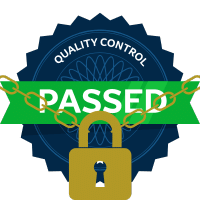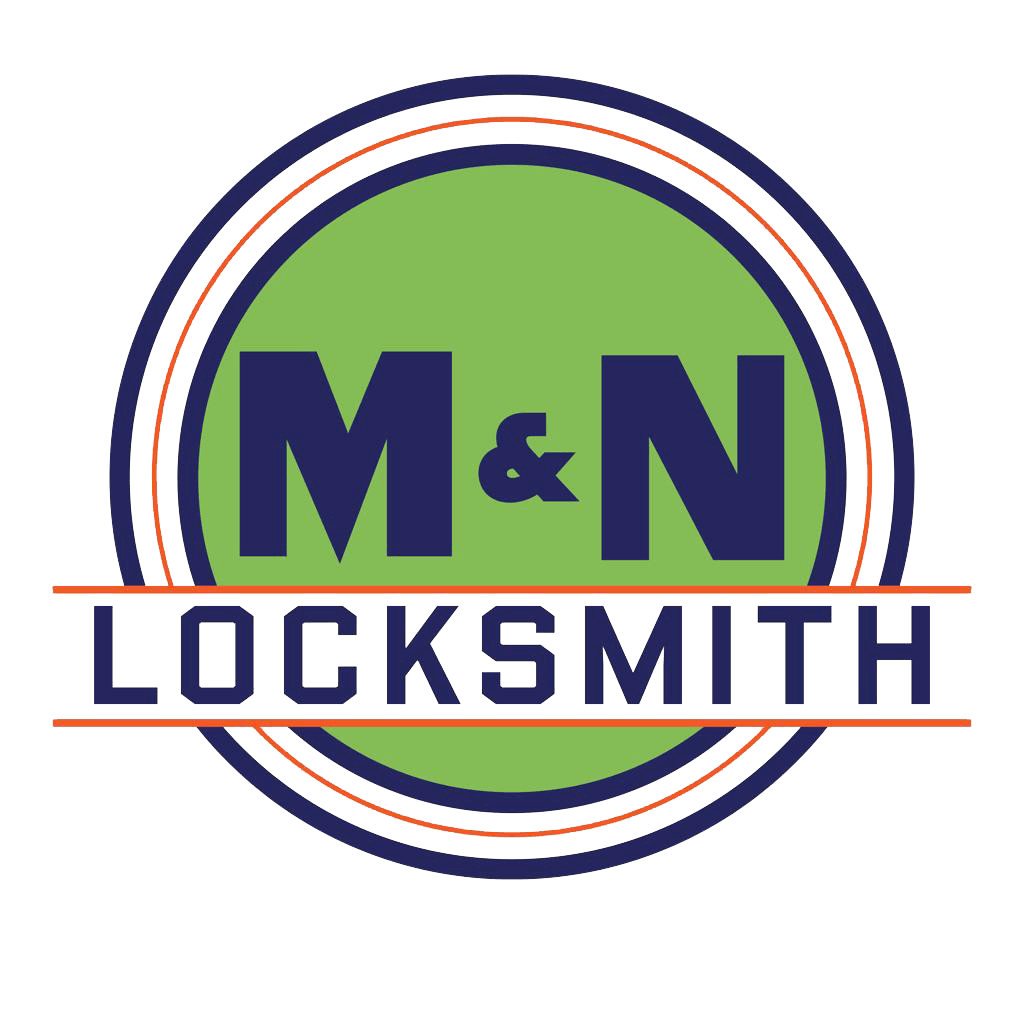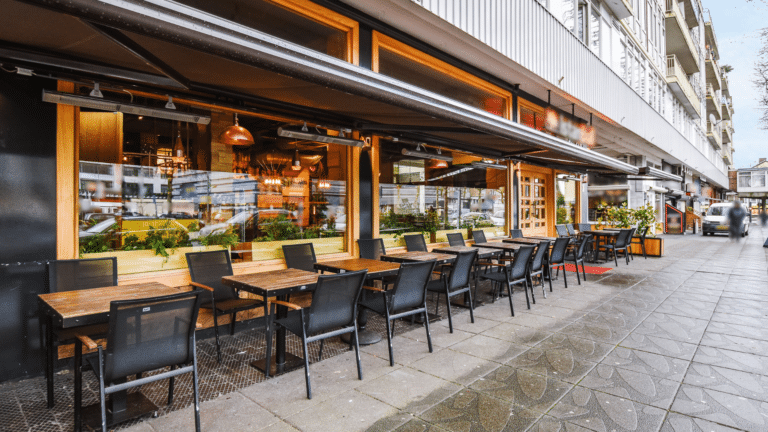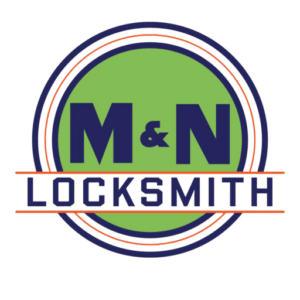10 Essential Restaurant Security Tips
1. High-Quality Locks: Explain the importance of investing in durable, tamper-resistant locks for all entry points. Discuss the different types of locks available, such as deadbolts, padlocks, and electronic locks, and recommend the most suitable options based on the restaurant’s security needs.
Explain the importance of investing in durable, tamper-resistant locks for all entry points. Discuss the different types of locks available, such as deadbolts, padlocks, and electronic locks, and recommend the most suitable options based on the restaurant’s security needs.
2. Access Control Systems: Delve into the benefits of access control systems in managing and monitoring entry to restricted areas. Highlight the flexibility of keycard, biometric, or keypad entry systems, and emphasize their role in preventing unauthorized access and enhancing overall security.
3. Security Cameras: Explore the various types of surveillance cameras and their placement to ensure comprehensive coverage of the restaurant premises. Discuss the advantages of both visible and hidden cameras, and emphasize the importance of storing footage securely for potential review by law enforcement.
4. Adequate Lighting: Stress the significance of well-lit surroundings in deterring criminal activity and enhancing overall safety. Provide tips on optimizing lighting both indoors and outdoors, such as using motion-activated lights and installing fixtures with adjustable brightness levels.
5. Alarm Systems: Detail the functionality of alarm systems in detecting and alerting to security breaches, whether through unauthorized entry or suspicious activity. Discuss the benefits of audible alarms for immediate response and monitored systems for added peace of mind.
Detail the functionality of alarm systems in detecting and alerting to security breaches, whether through unauthorized entry or suspicious activity. Discuss the benefits of audible alarms for immediate response and monitored systems for added peace of mind.
6. Safe Installation: Offer guidance on selecting and installing safes in secure locations within the restaurant. Discuss factors such as size, locking mechanism, and fire resistance, and advise on proper anchoring to prevent theft or unauthorized removal.
7. Employee Training: Stress the importance of comprehensive security training for all restaurant staff members. Provide examples of security protocols to follow, such as locking doors and activating alarms, and encourage open communication to address any security concerns promptly.
8. Regular Maintenance: Highlight the necessity of regular maintenance checks to ensure the reliability and effectiveness of security equipment. Recommend scheduling routine inspections and servicing by qualified professionals to address any issues proactively.
9. Emergency Preparedness: Outline the steps for developing and implementing emergency response plans tailored to the restaurant’s specific needs. Discuss the importance of conducting regular drills to familiarize staff with procedures and ensure a coordinated response in crisis situations.
10. Partner with a Trusted Locksmith: Emphasize the value of establishing a long-term partnership with a reputable locksmith specializing in commercial security. Highlight the benefits of regular security assessments, proactive maintenance, and access to expert advice to enhance overall security measures.
Emphasize the value of establishing a long-term partnership with a reputable locksmith specializing in commercial security. Highlight the benefits of regular security assessments, proactive maintenance, and access to expert advice to enhance overall security measures.
FREQUENTLY ASKED QUESTION
Why is restaurant security important?
Restaurant security is crucial for safeguarding assets, ensuring the safety of customers and staff, and protecting against theft, vandalism, and other security threats. By implementing effective security measures, restaurant owners can minimize risks and create a secure environment for everyone.
What are the basic security measures every restaurant should have?
Essential security measures for restaurants include high-quality locks on doors and windows, surveillance cameras covering key areas, alarm systems to detect unauthorized entry, adequate lighting both indoors and outdoors, and secure storage solutions such as safes for cash and valuables.
How can access control systems benefit my restaurant?
Access control systems allow restaurant owners to regulate entry to sensitive areas such as stockrooms, offices, and cash-handling areas. By requiring authorization through keycards, biometric scanners, or keypad entry, access control systems prevent unauthorized access and enhance overall security.
How do I choose the right security cameras for my restaurant?
When selecting security cameras for your restaurant, consider factors such as resolution, coverage area, night vision capabilities, and weather resistance for outdoor cameras. Choose cameras with features like motion detection and remote viewing capabilities to maximize surveillance effectiveness.
What should I do in case of a security breach or emergency?
In the event of a security breach or emergency, remain calm and follow the established emergency response plan. This may include notifying authorities, evacuating customers and staff to safety, and taking steps to mitigate the situation. Regular training drills can help prepare staff for such scenarios.
How often should I conduct maintenance checks on security equipment?
It’s advisable to conduct regular maintenance checks on security equipment at least once every few months, depending on the type of equipment and usage. This ensures that locks, alarms, surveillance cameras, and other security systems are functioning correctly and are ready to respond in case of an emergency.
What role does employee training play in restaurant security?
Employee training is essential for creating a culture of security awareness within the restaurant. Staff members should be educated on security protocols, proper lock-up procedures, how to respond to suspicious activity, and emergency preparedness. Ongoing training helps empower staff to play an active role in maintaining restaurant security.
How can I find a reputable locksmith for my restaurant's security needs?
When selecting a locksmith for your restaurant’s security needs, look for professionals with experience in commercial security and a proven track record of reliability. Ask for recommendations from fellow business owners, check online reviews, and ensure that the locksmith is licensed and insured.
Are there any legal requirements or regulations regarding restaurant security?
Depending on your location, there may be legal requirements or regulations governing restaurant security, such as fire safety codes, building security standards, and licensing requirements for security systems. It’s essential to familiarize yourself with local regulations and ensure compliance to avoid penalties.
How can I stay proactive in maintaining restaurant security?
To stay proactive in maintaining restaurant security, regularly assess security risks, update security measures as needed, conduct staff training sessions, stay informed about emerging security threats, and maintain a partnership with a trusted locksmith or security professional for ongoing support and guidance.


